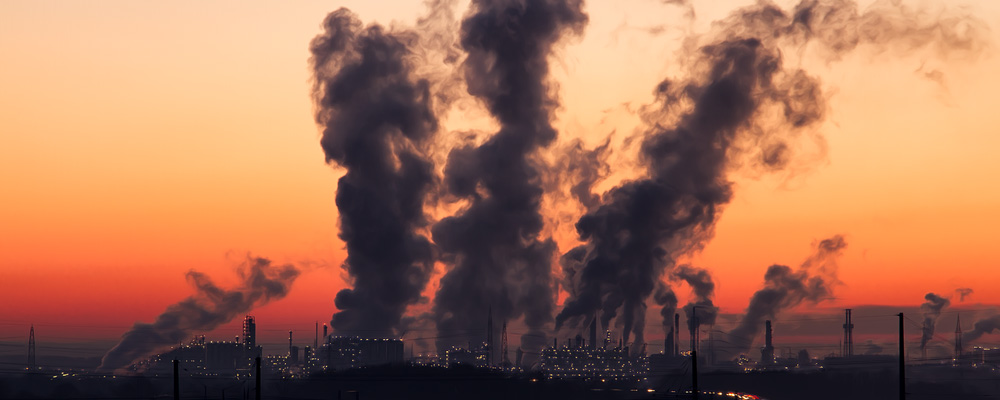Many people consider a cap and trade system to be our most palatable option when it comes to reducing pollution and greenhouse gas emissions. Major economies such as the United States, European Union, Canada, Australia, and Japan have all implemented cap and trade on some level.
What a cap and trade system is. Cap and trade, or emissions trading, is a policy tool that provides economic incentives for meeting emission targets. Typically, cap and trade system follows this general format:
- The regulating authority (eg. city/state/federal government) sets an aggregate emission cap per year which can decrease over time.
- The regulated parties (eg. power plants, oil producers, or even individual households) have to obtain allowances for emissions they generate in a particular year.
- Emission allowances, adding up to the total cap, are allocated to each party. This allocation could be based on historical emissions and/or via an auction.
- Parties can trade allowances. An effective “carbon tax” then emerges as the market price at which these carbon allowances trade.
Example of cap and trade in California. In 2006, governor Arnold Schwarzenegger signed the California Global Warming Solutions Act into law. The cap and trade portion of this strategy covers 85% of statewide emissions. Under the cap and trade program, emissions are to be decreased by 3% each year from 2015-2020. If an emitter goes over their allowance, then they must buy additional emission credits.

Los Angeles, California
Example of cap and trade in Ontario. The Canadian province of Ontario began its cap and trade program on January 1st, 2017. The program puts a cap on the total greenhouse gas emissions (GHG) that homes and businesses can emit, and the limit will be slowly lowered over time.
It is estimated that the typical household will pay an additional $14/month for home heating and vehicle fuel as a result of this policy. The revenue generated from this program will be funneled back into projects that help people lower their energy costs. The end goal of this program is to reduce GHG emissions by 15% from 1990 levels by the year 2020.

Example of cap and trade in Japan. The city of Tokyo in Japan has implemented its own cap and trade program that covers the top 1,400 GHG emitters in the city. Under this program, the emitters must either cut their emissions by 6% or 8% – depending on the type of organization they are. If an emitter goes over their limit, they are mandated to buy carbon offset credits, or invest in renewable energy certificates. The end goal of this program is to reduce emissions by 25% from 2000 levels by the year 2020.

Tokyo, Japan
The downsides to a cap and trade system. The main concerns surrounding cap and trade programs come from the uncertainty of policy implementation. Some examples of contentious points with existing programs are outlined below.
- Major polluters may get free emission permits in order to “grandfather in” their existing emissions. These free permits may give the organizations unfair advantages over the competition.
- Regulators run the risk of issuing too many emission credits. This would result in low prices on GHG emissions over the limit, and may reduce the incentive for companies to cut back on their emissions.
- Local cap and trade regulations may put domestic companies at a disadvantage if their international competitors are not subject to the same regulations.
Overall, we feel that cap and trade programs are an important policy tool to help reduce both pollution and greenhouse gas emissions. There will no doubt be growing pains as more programs get implemented, but policymakers must persevere through the challenges and continue to refine the regulations.
